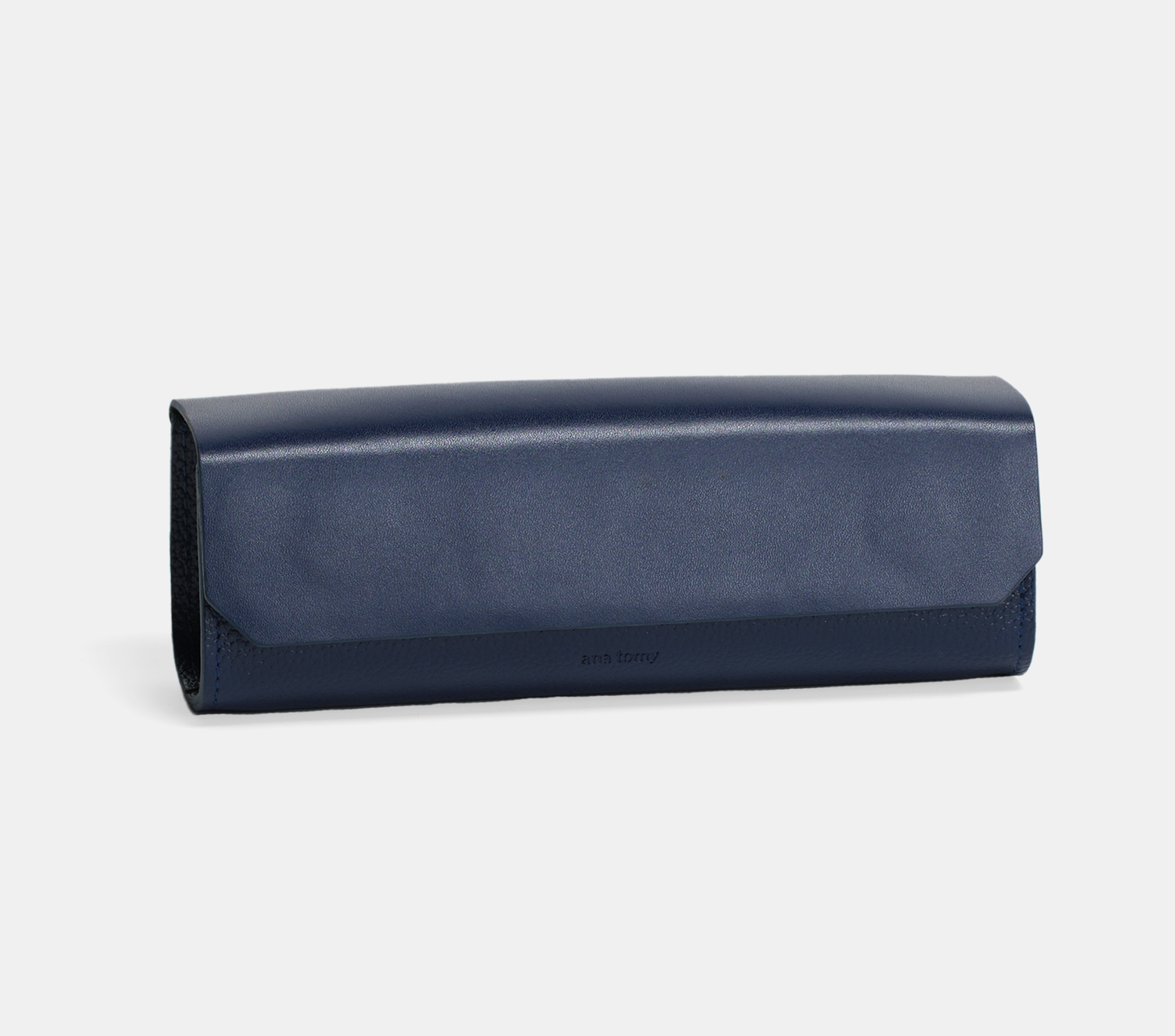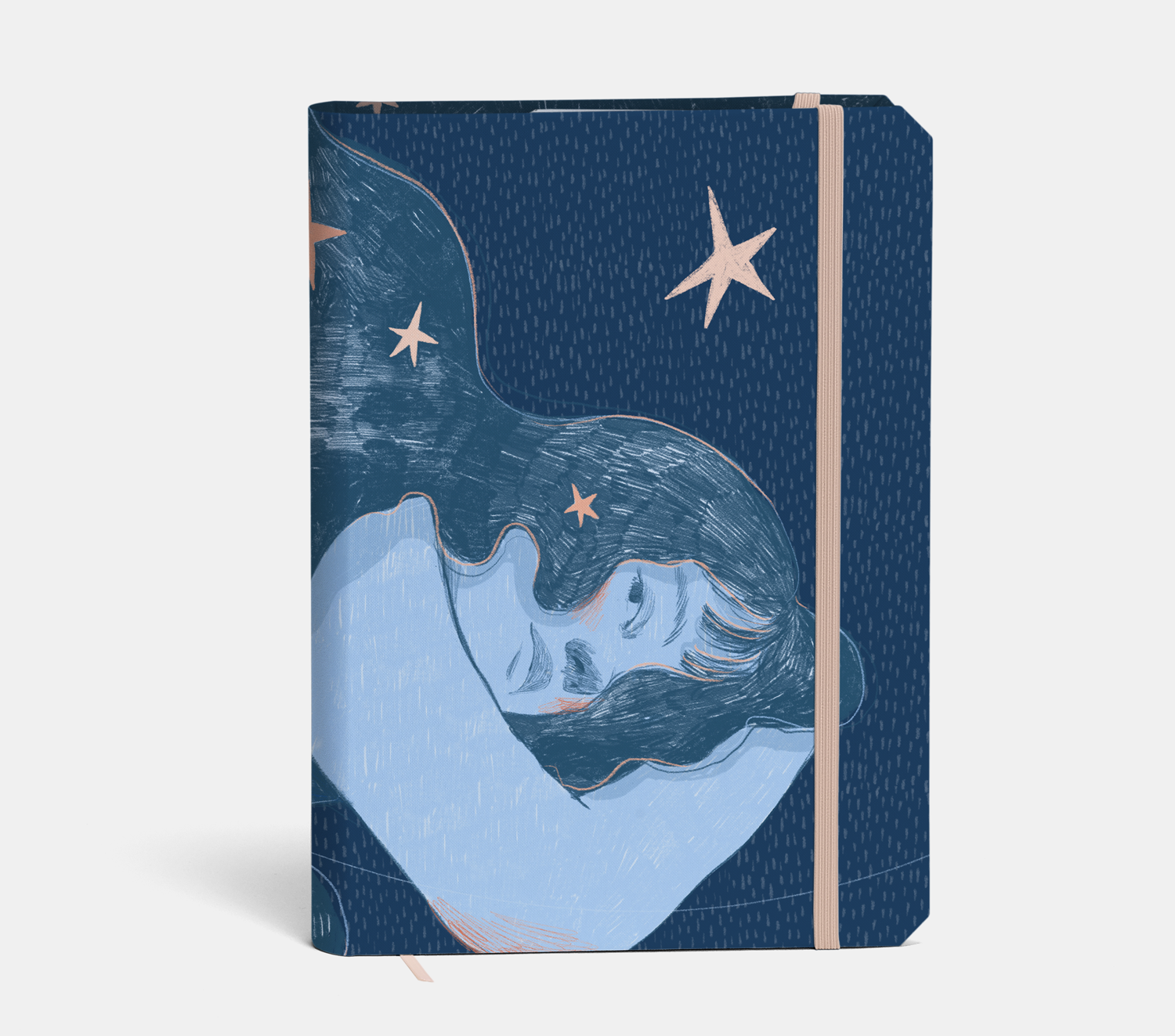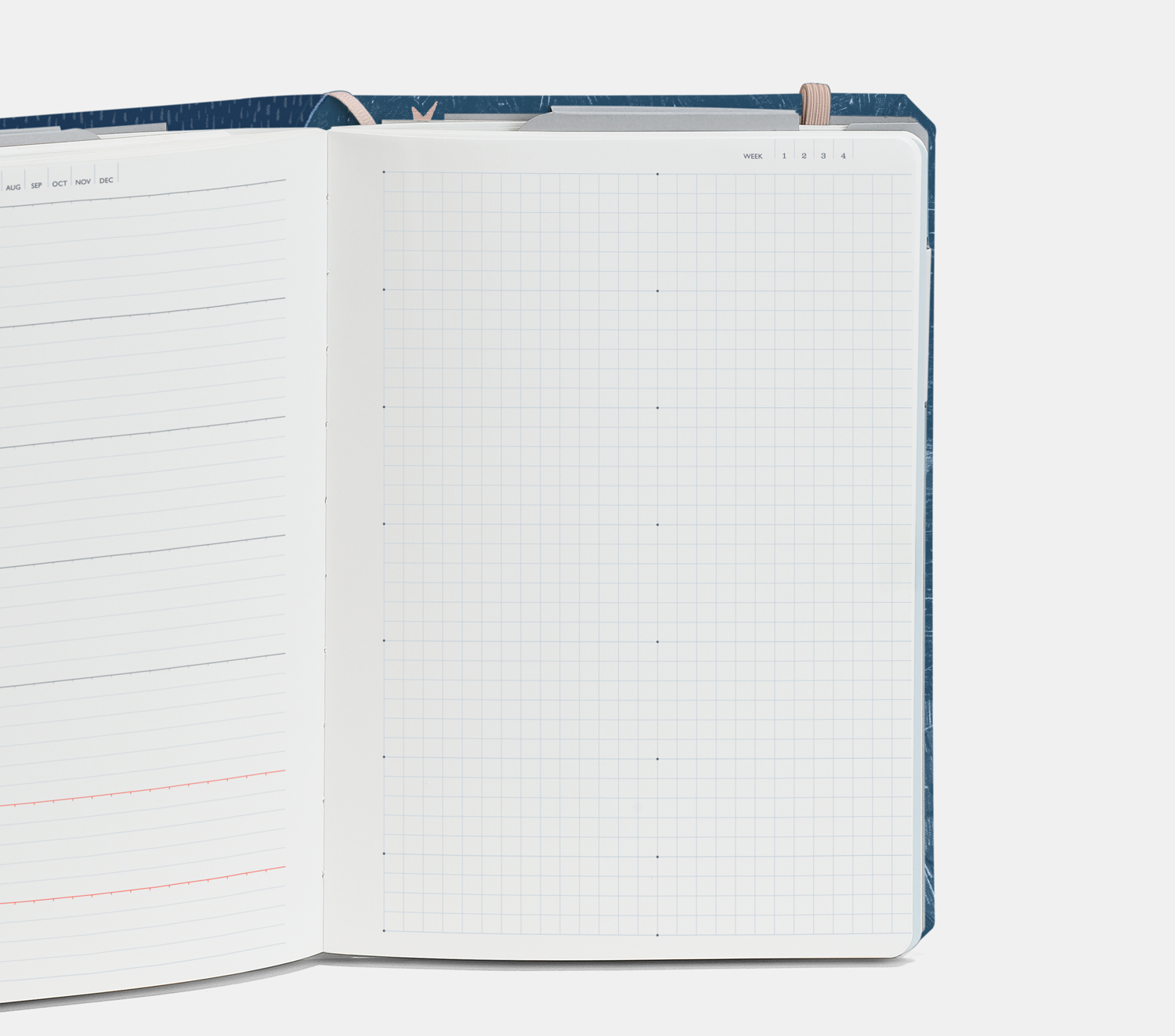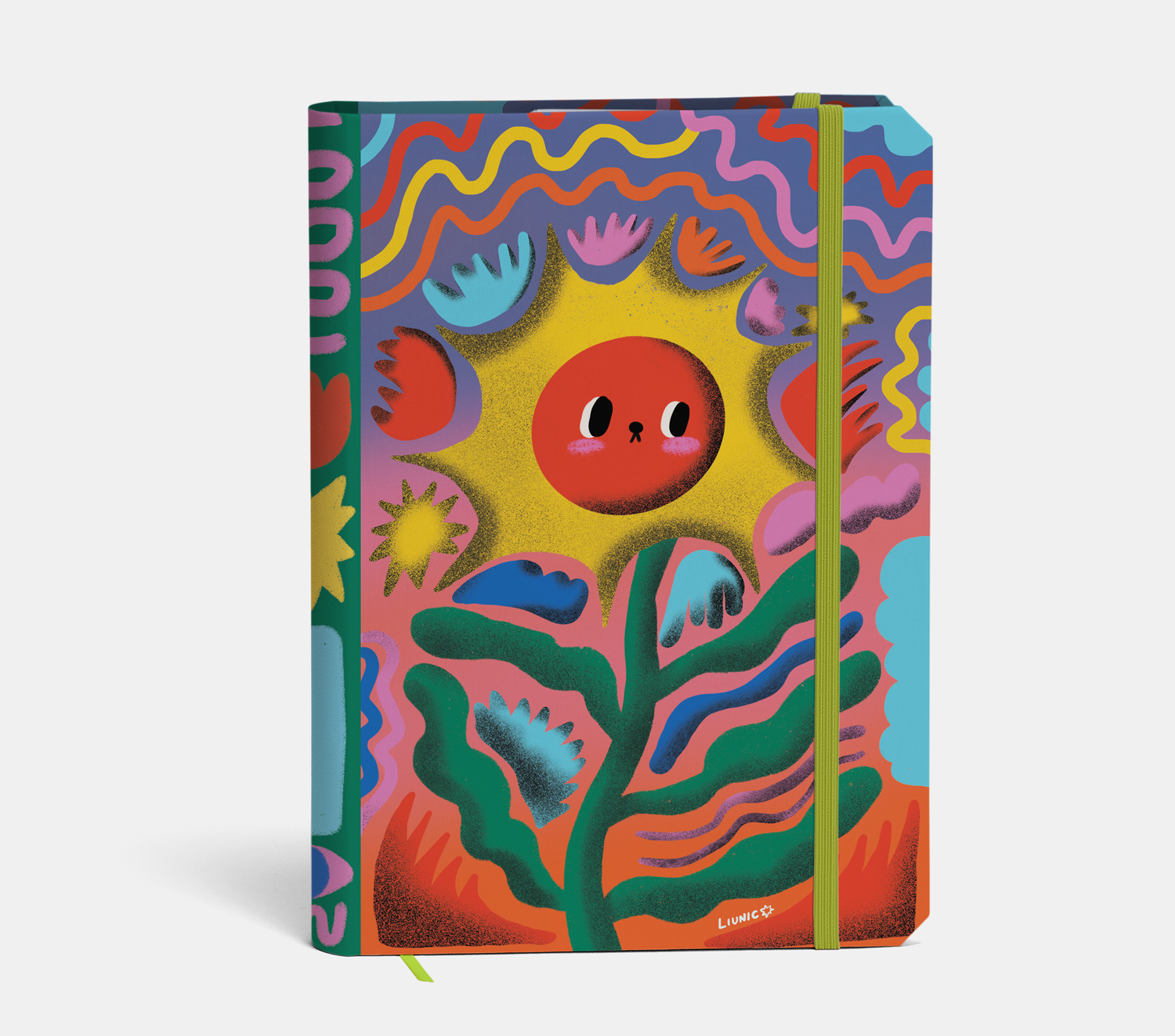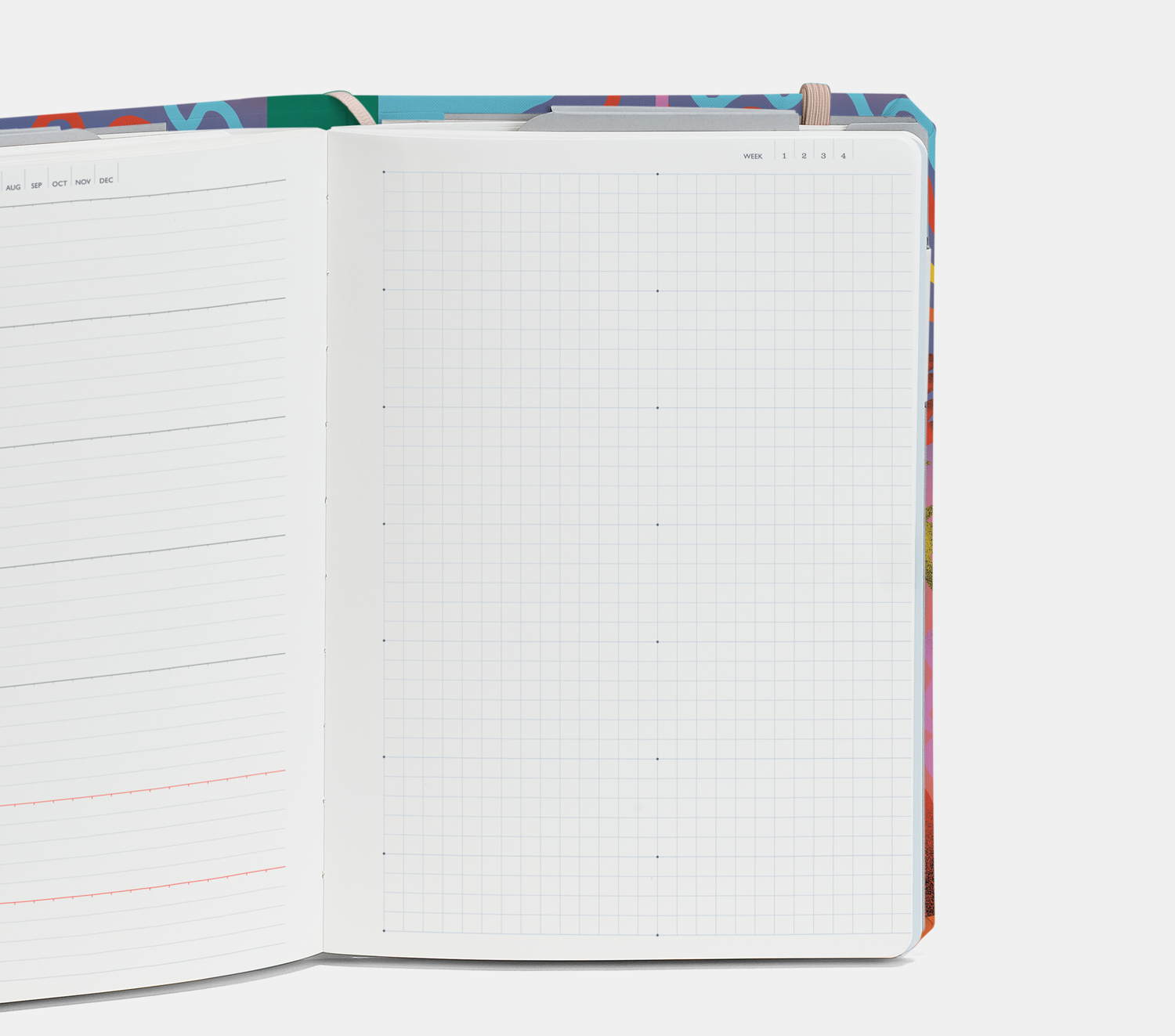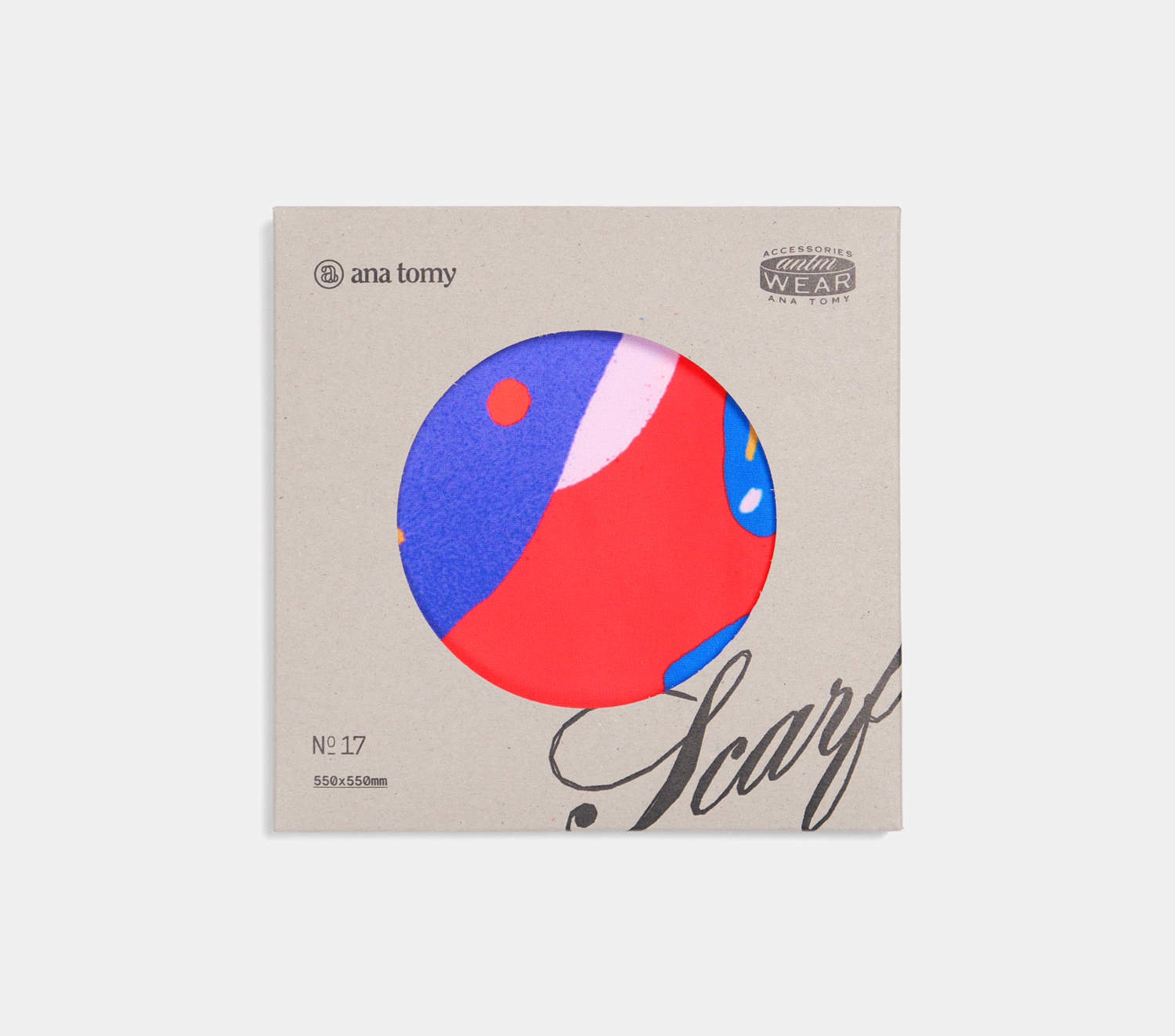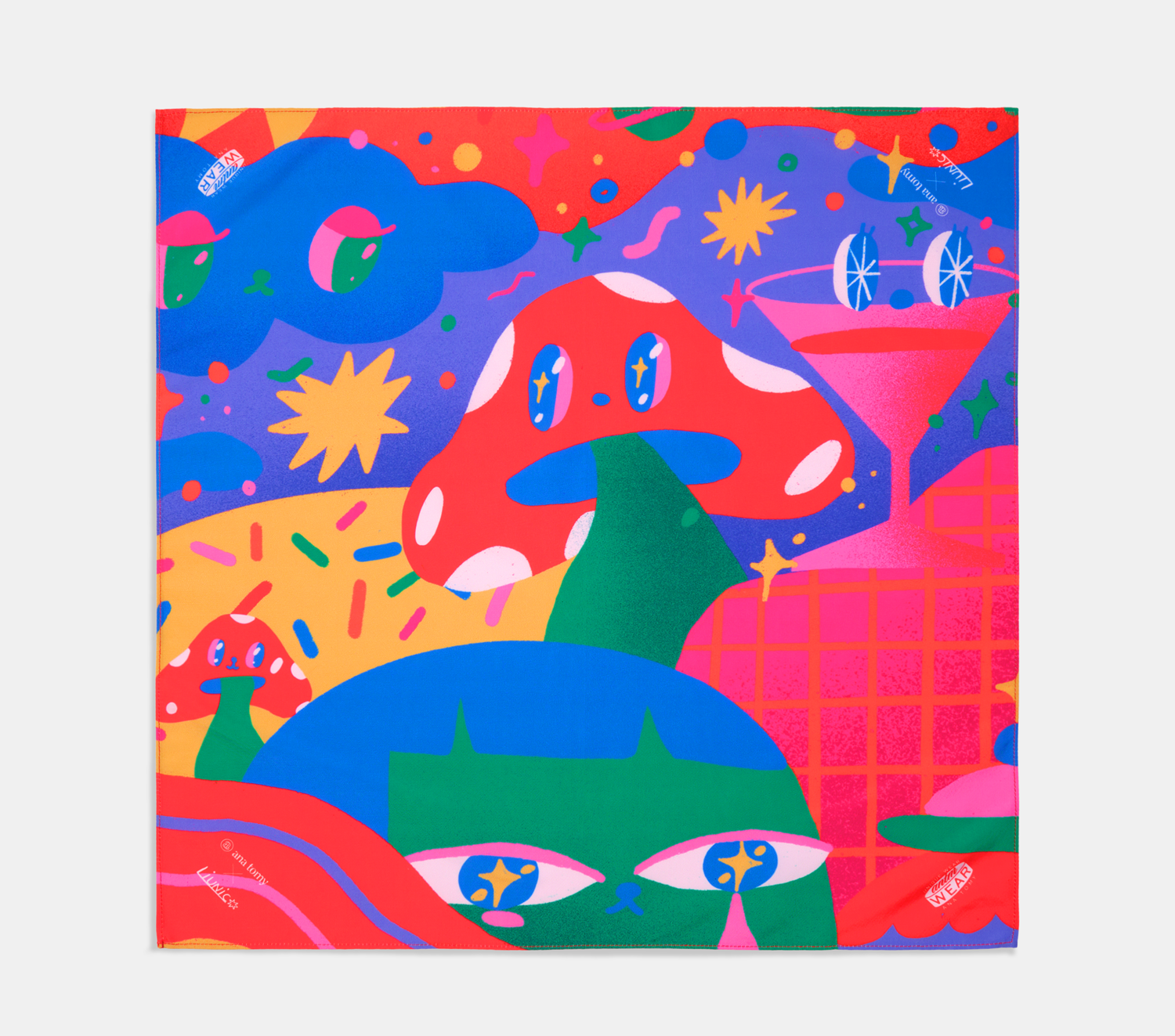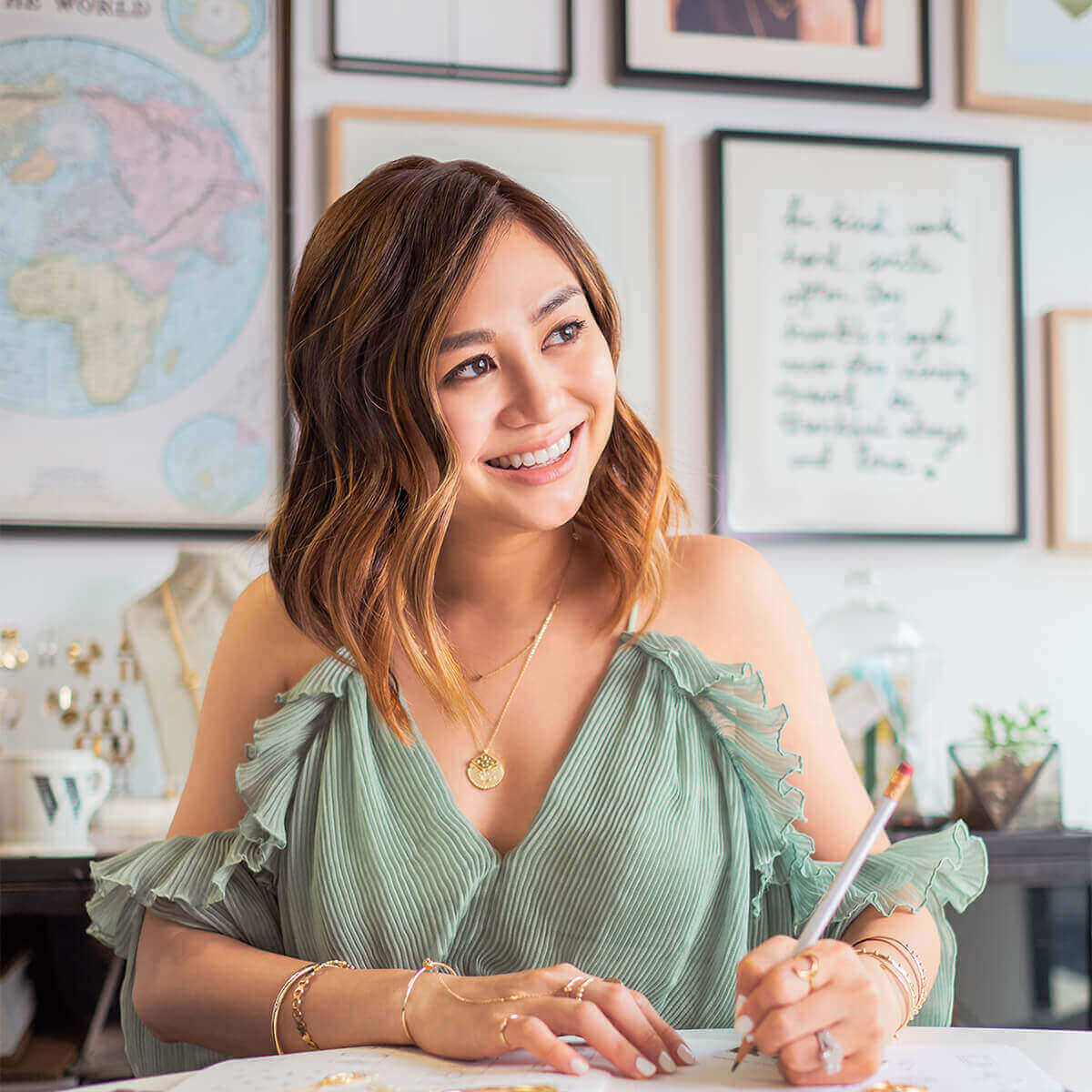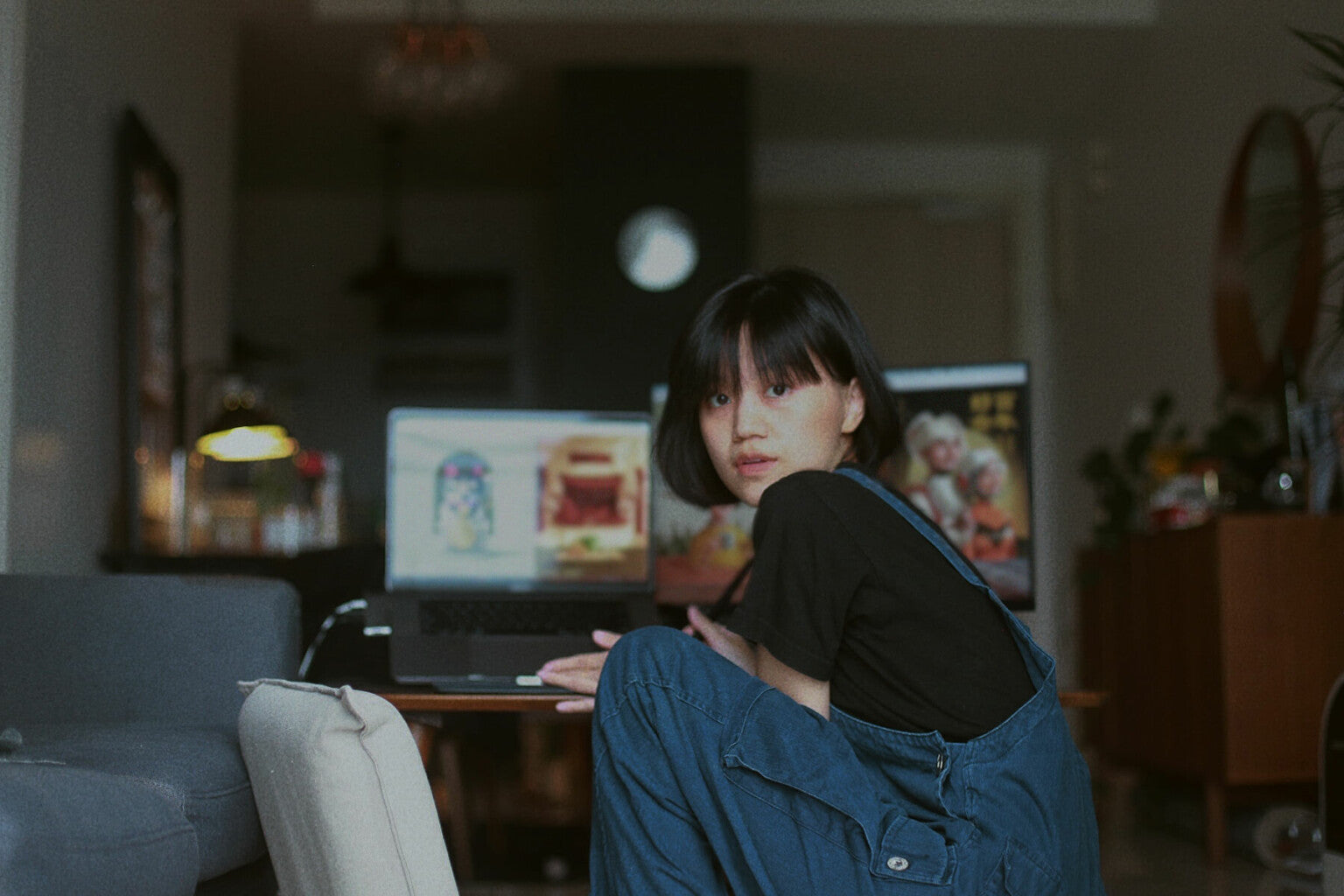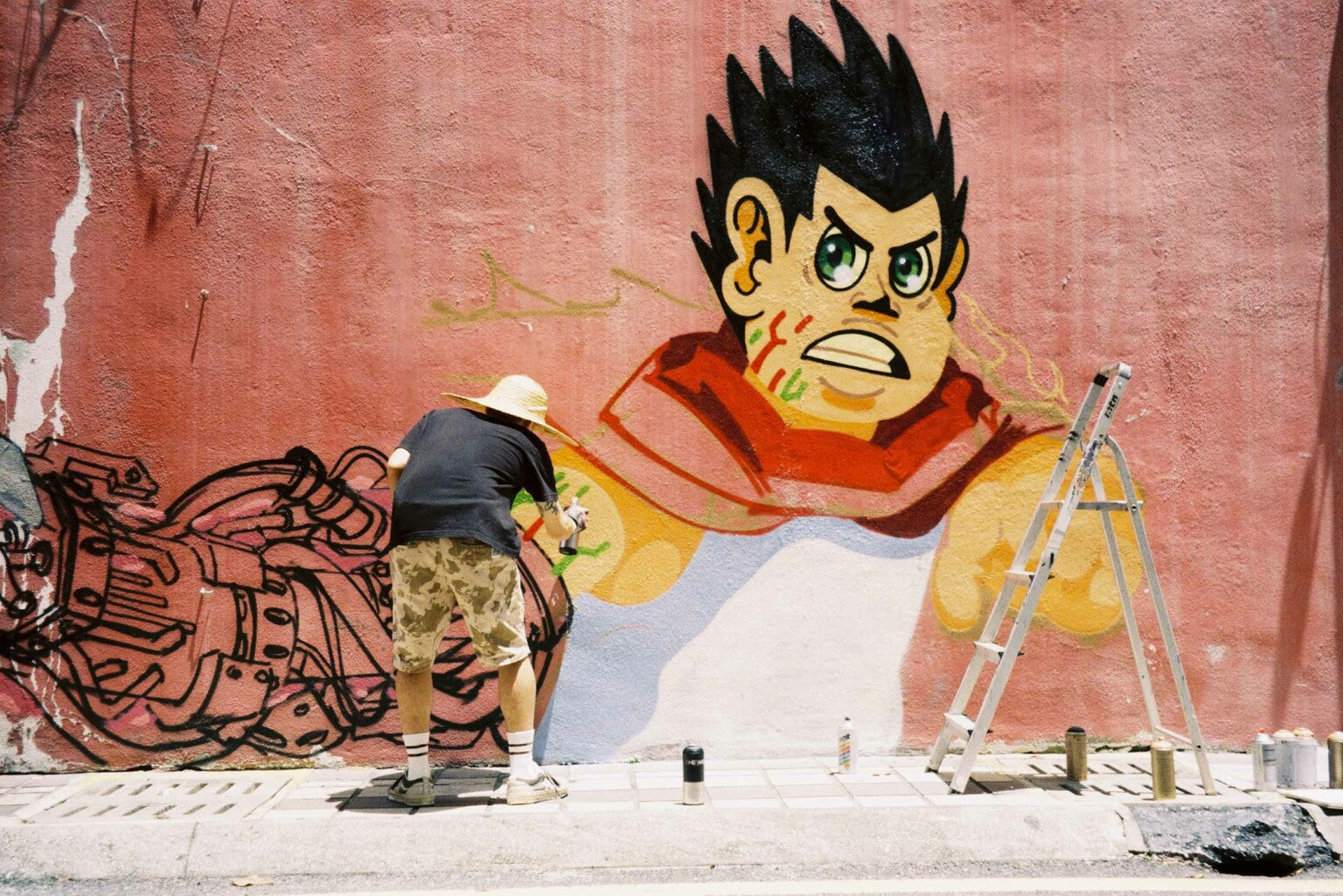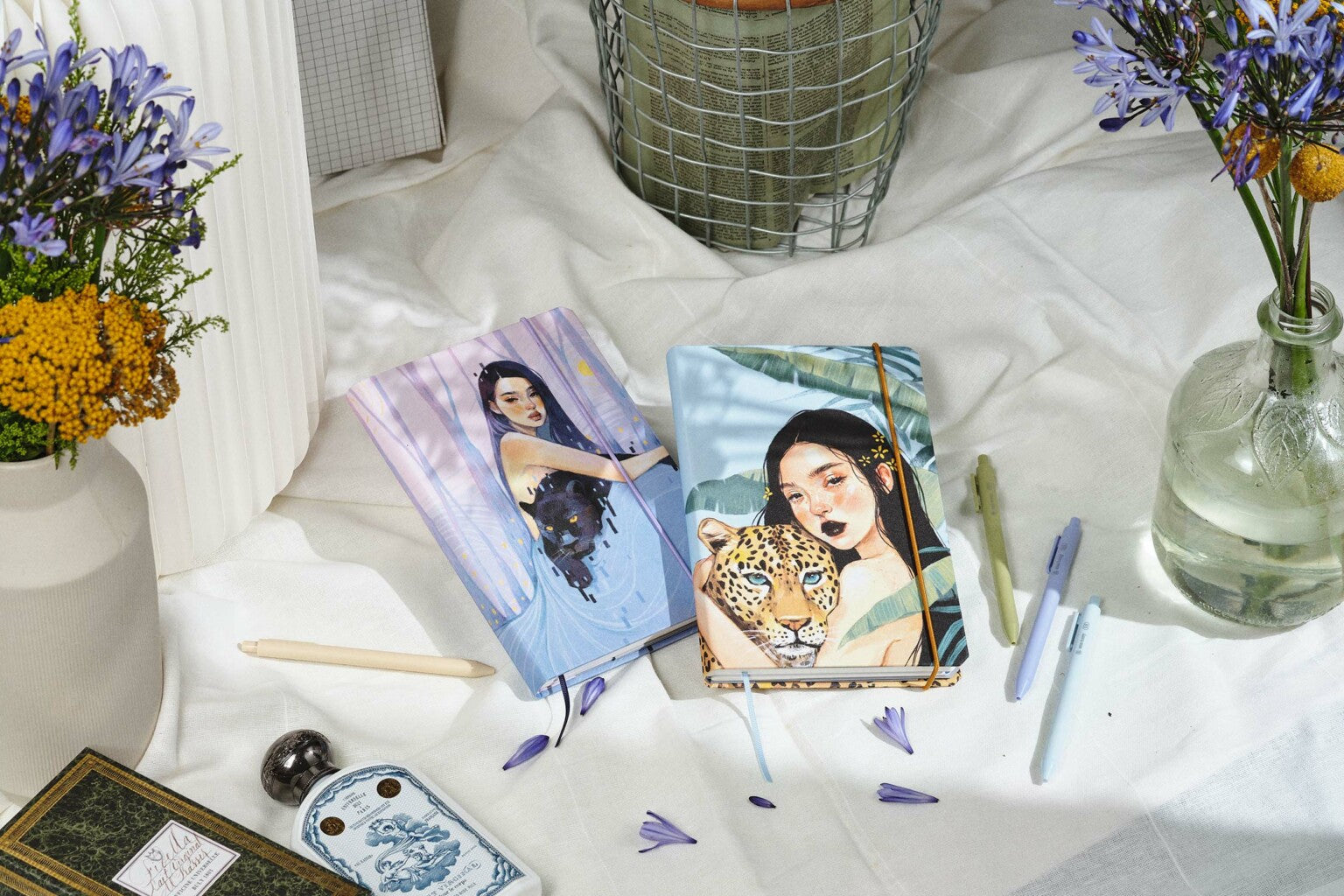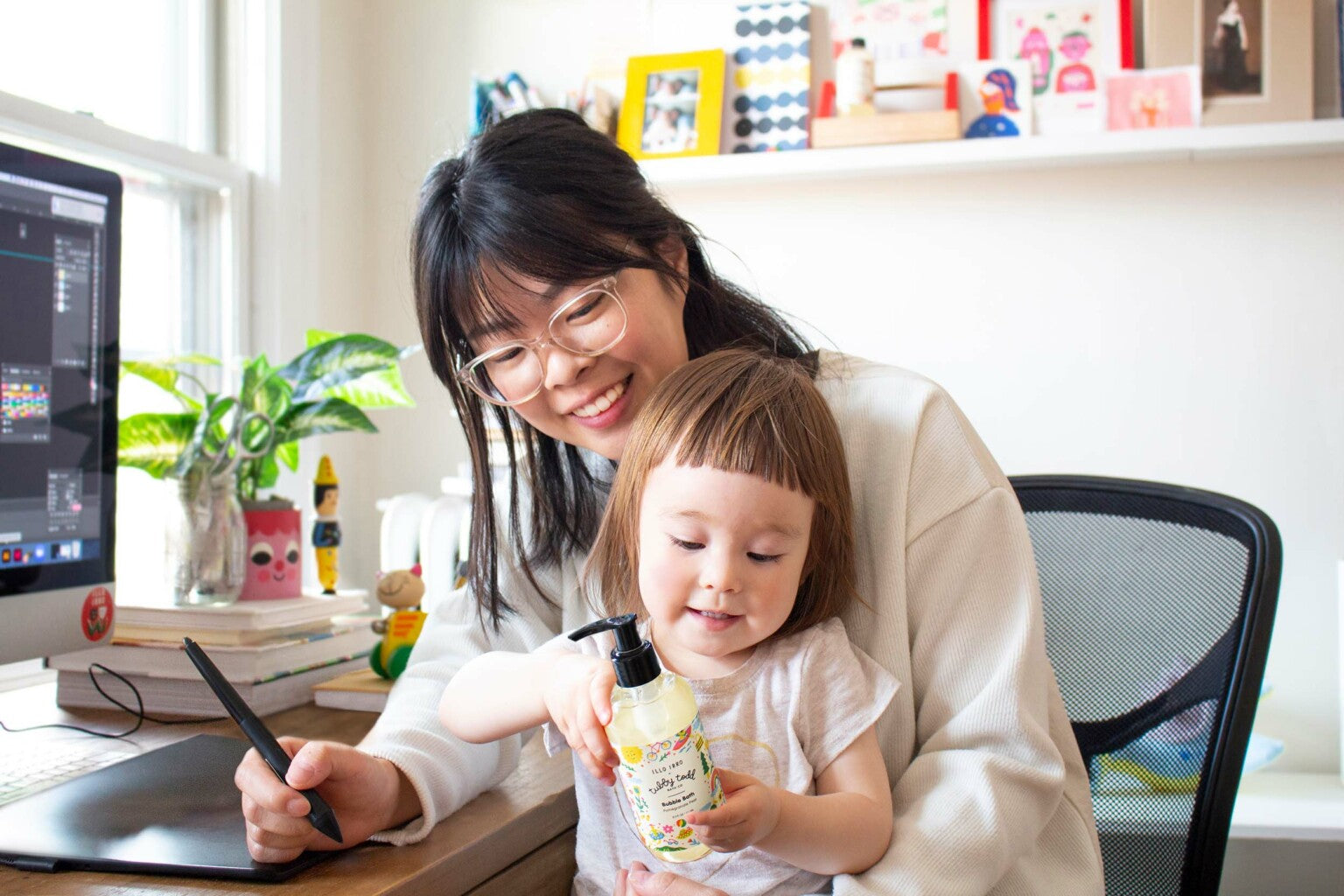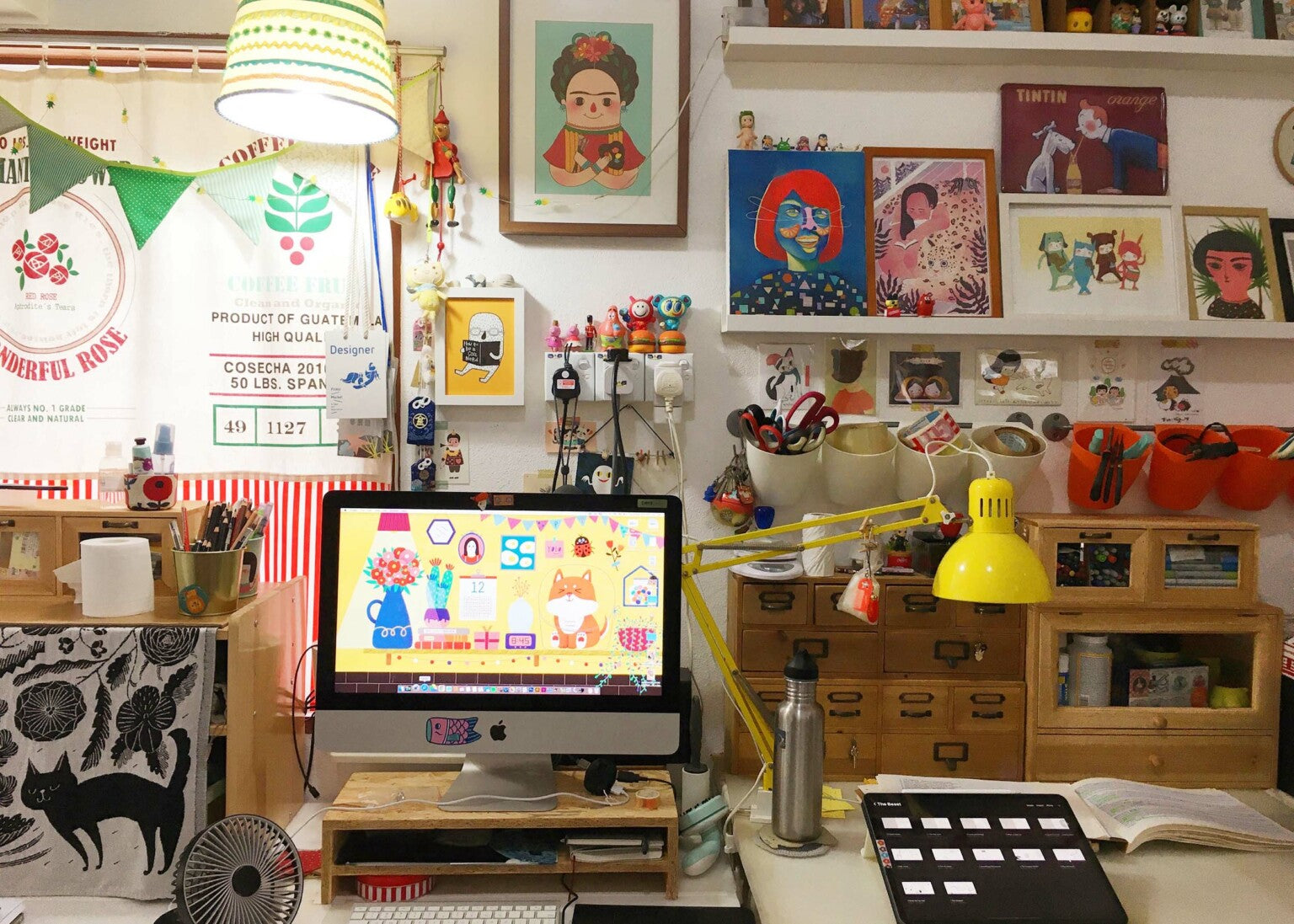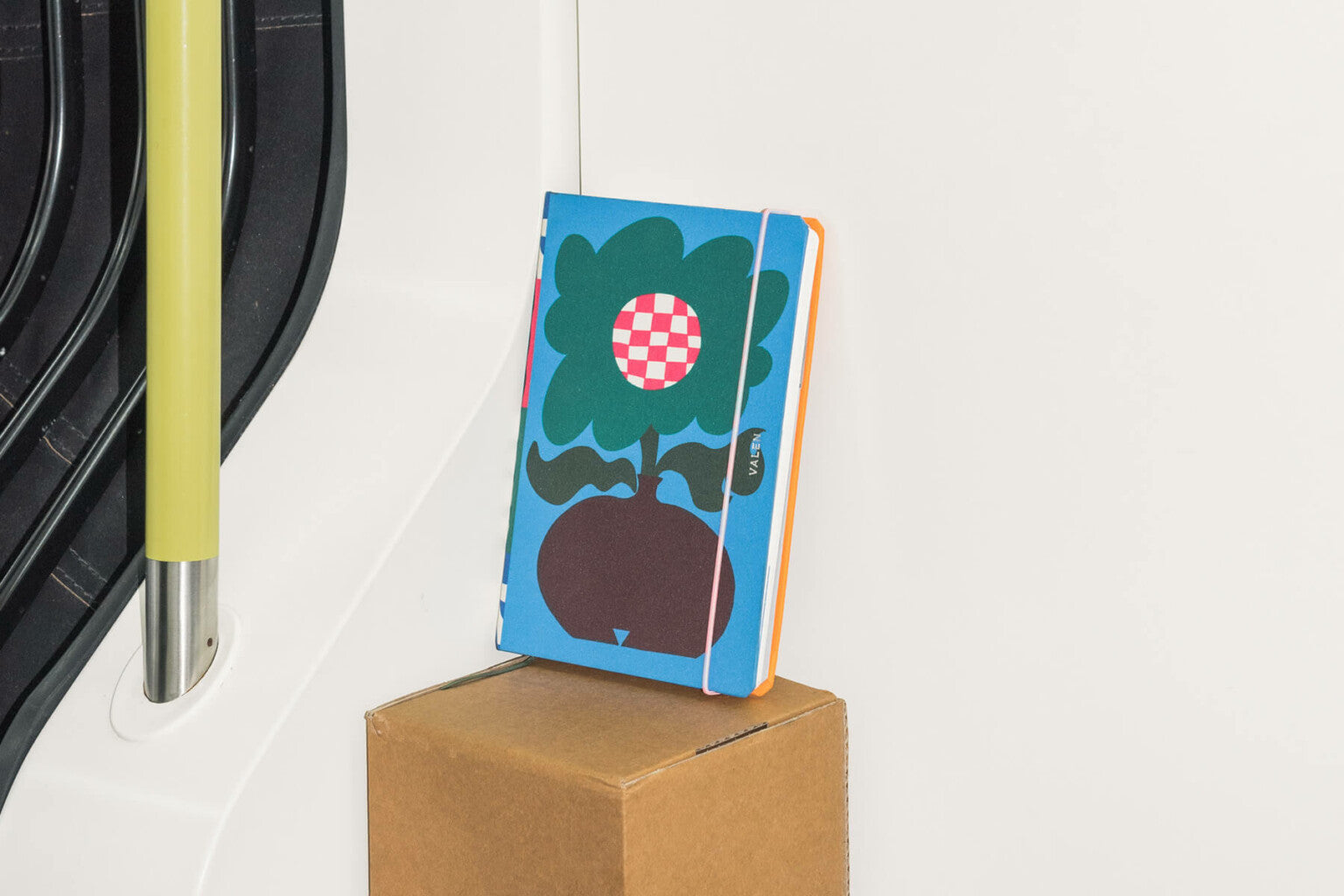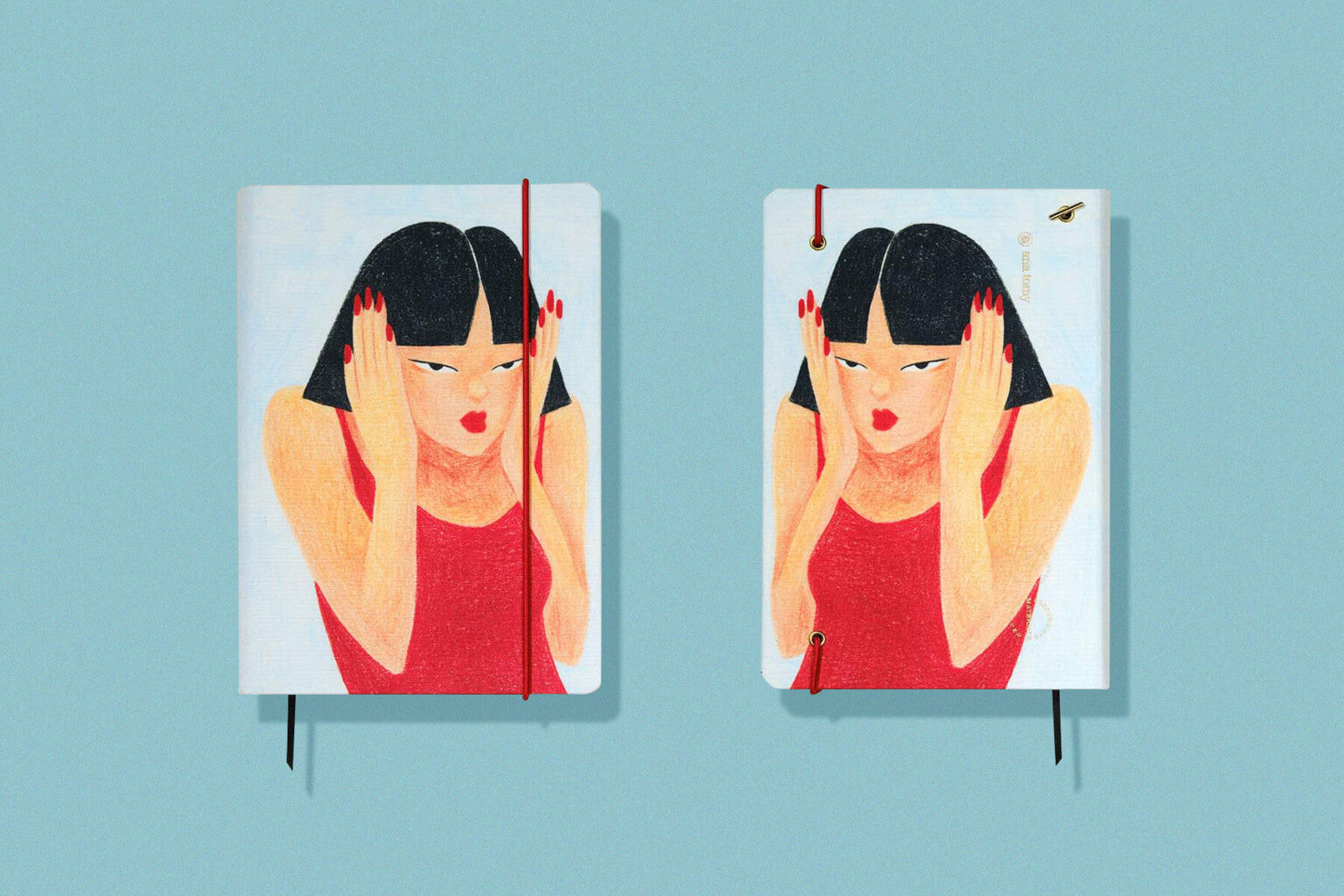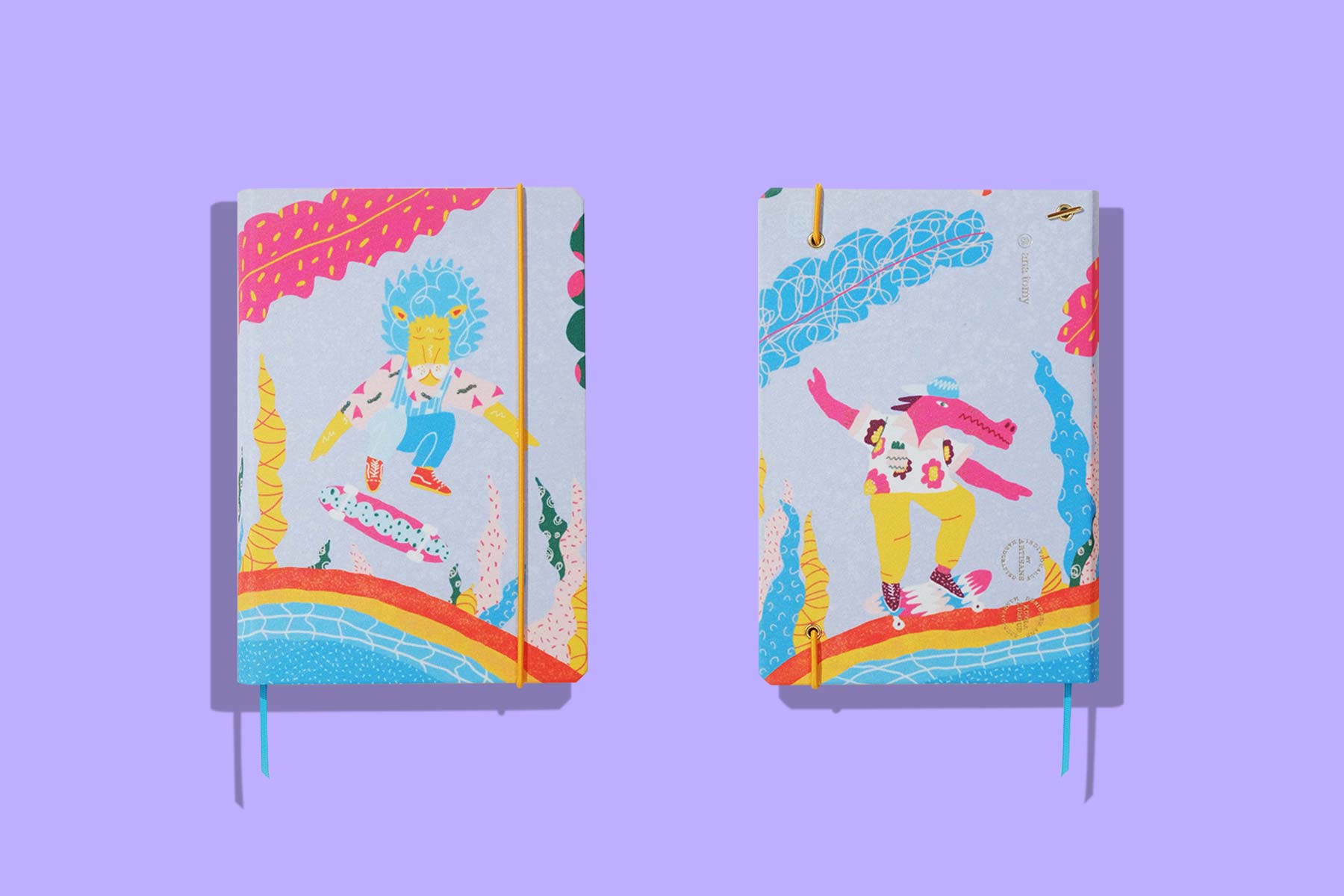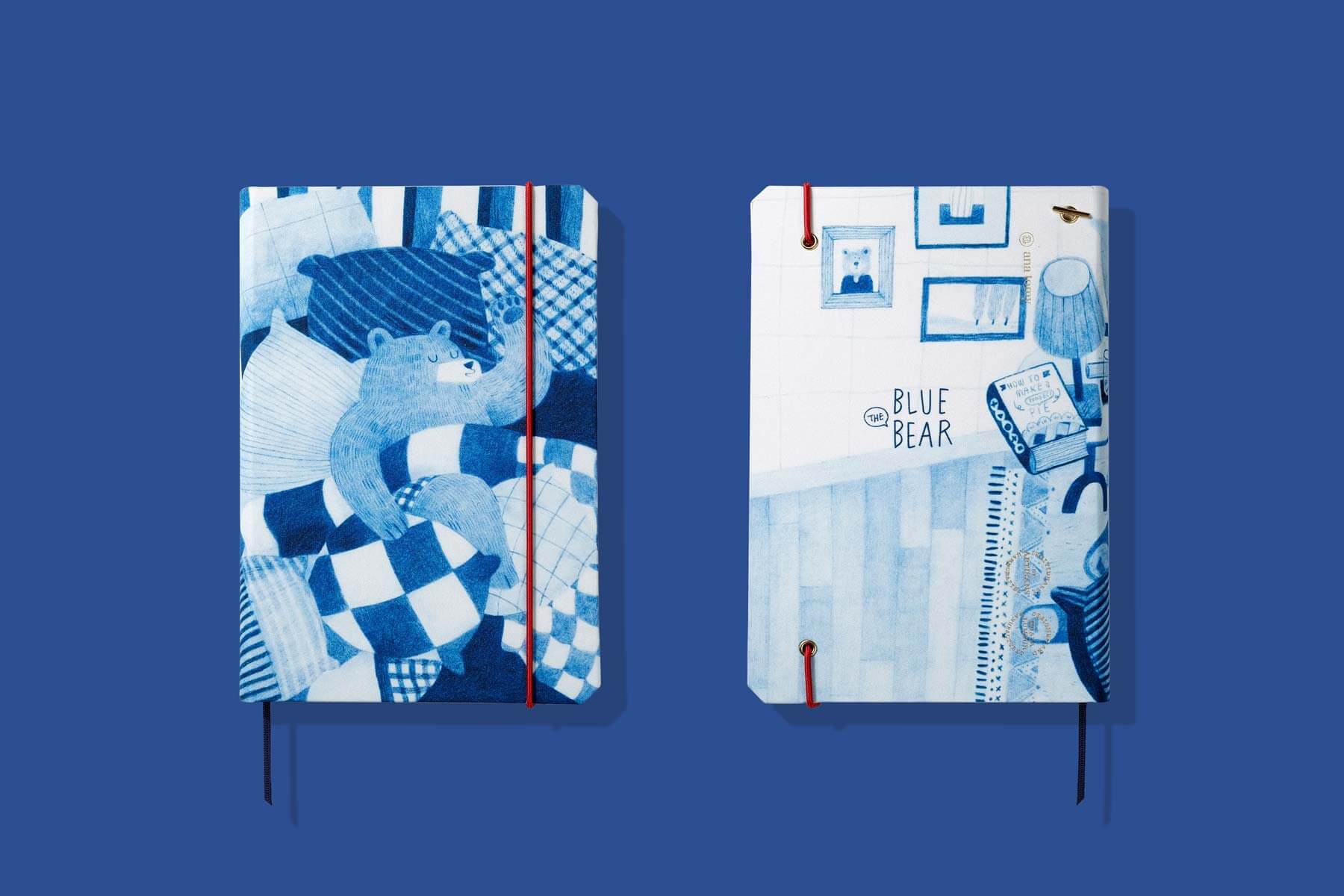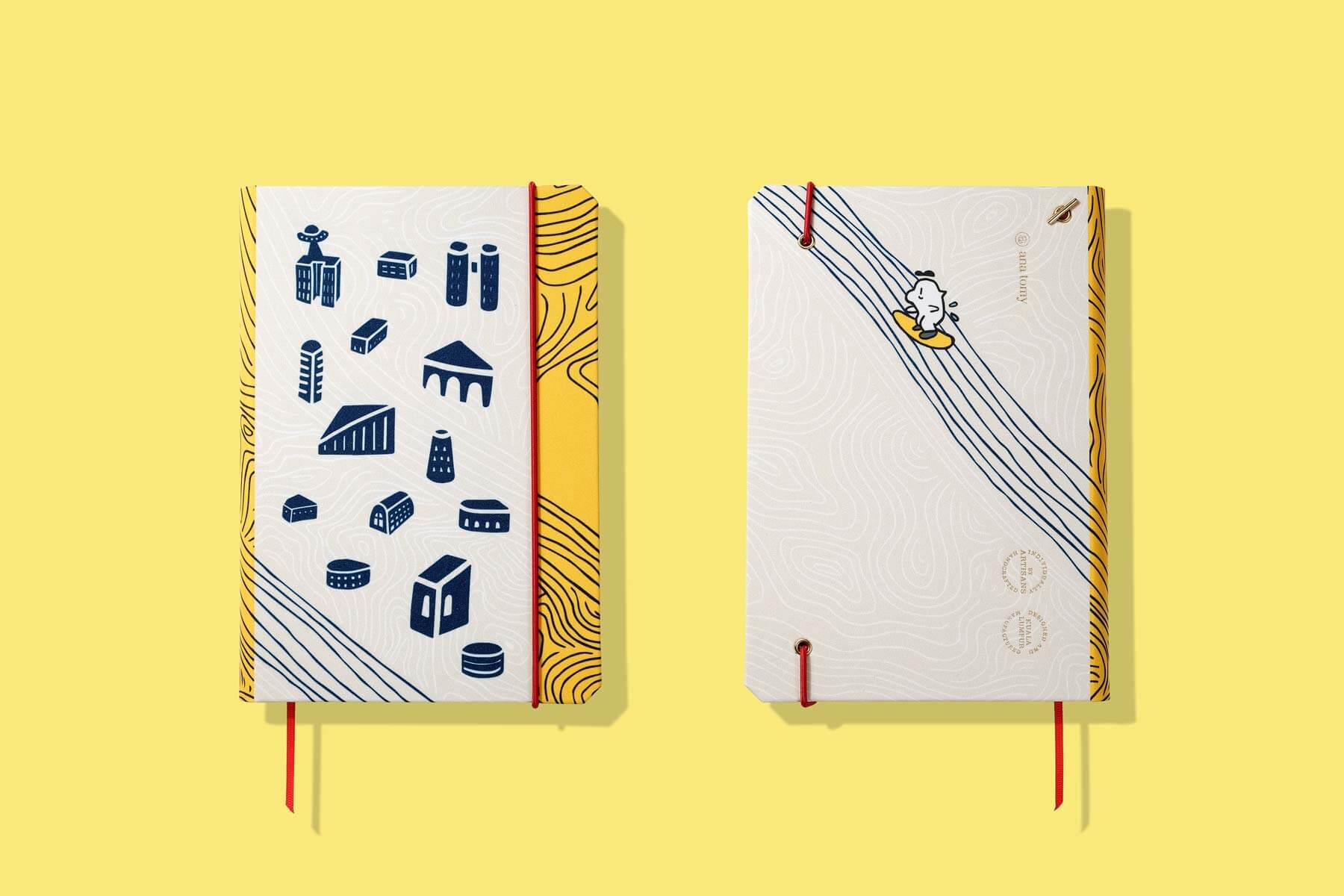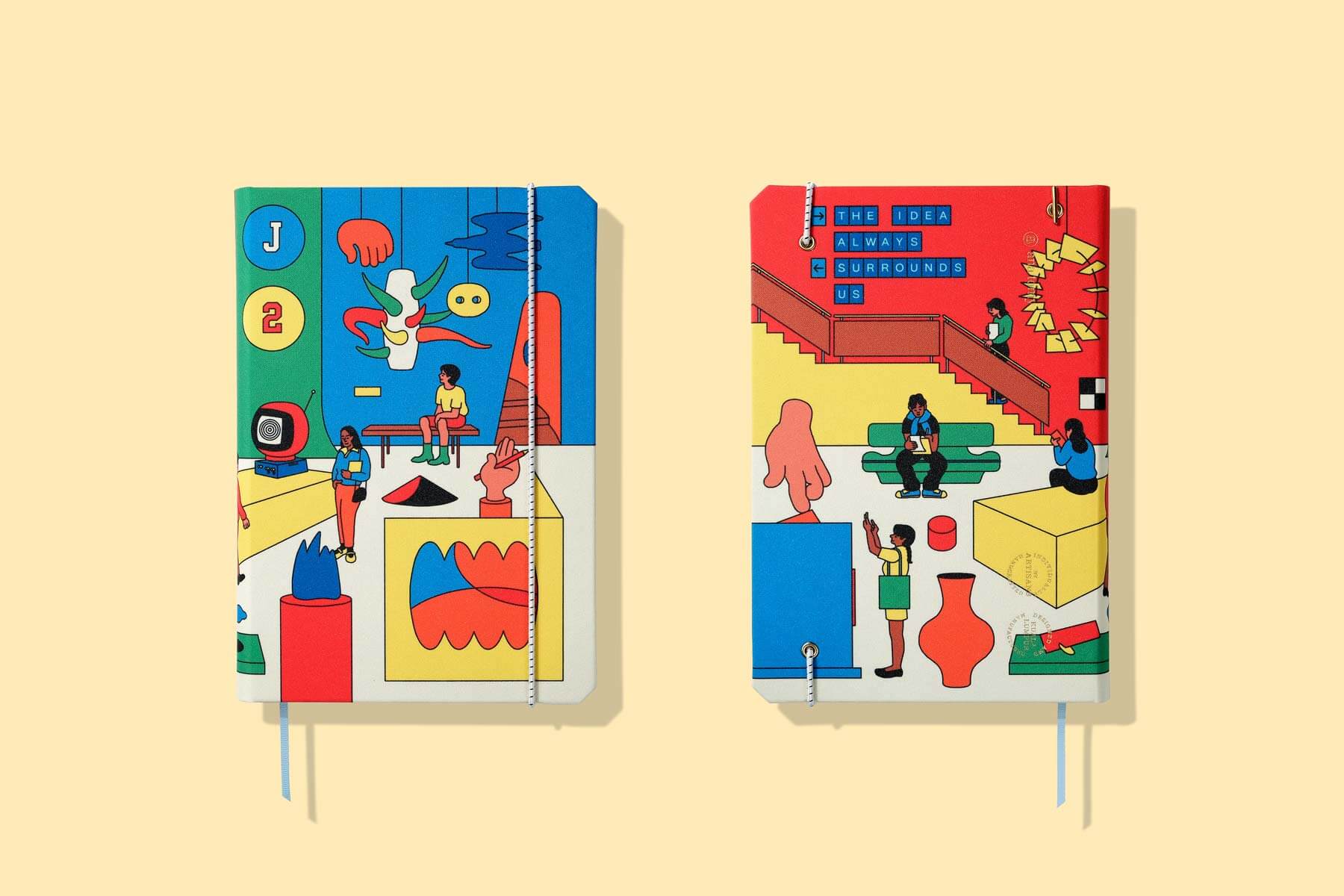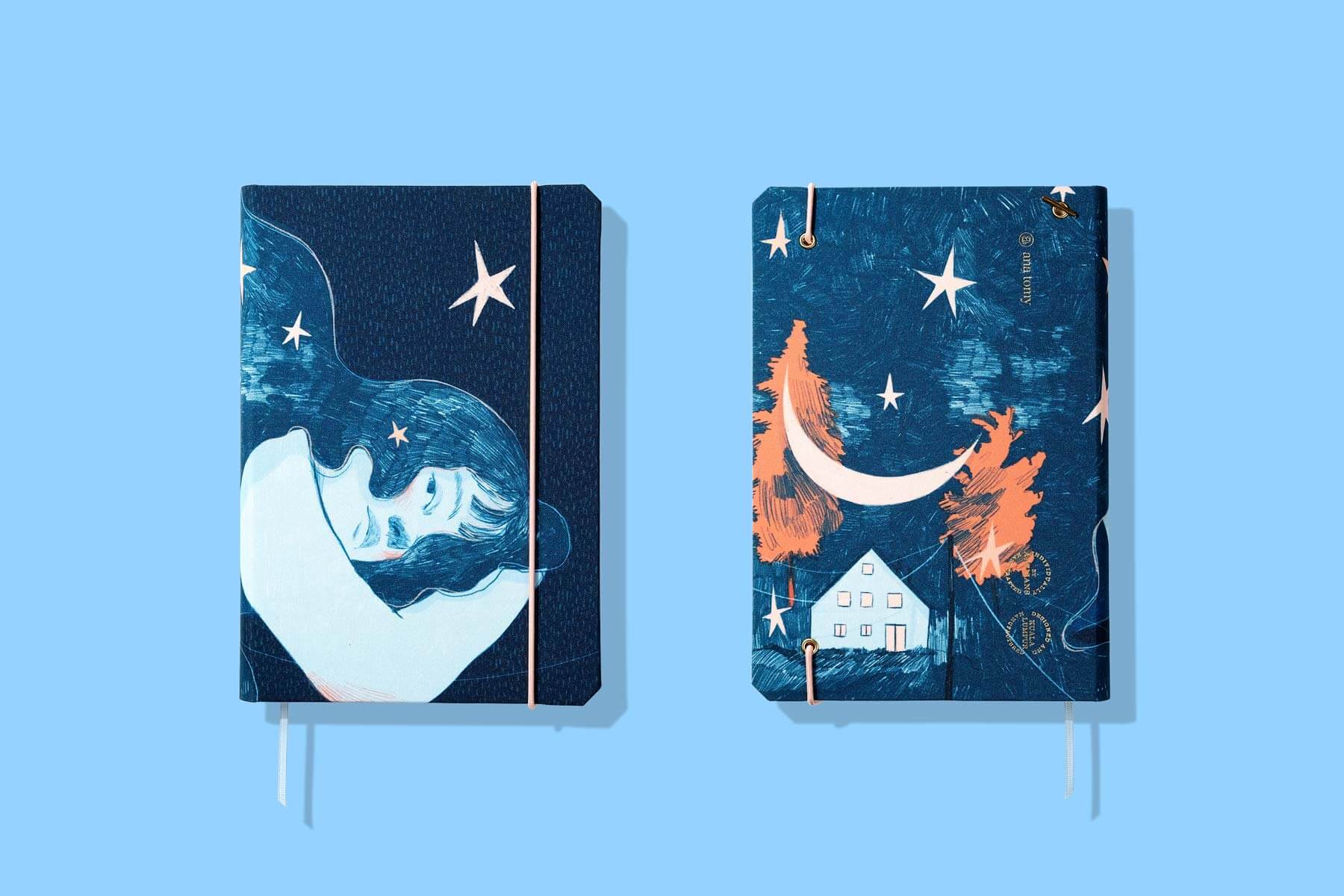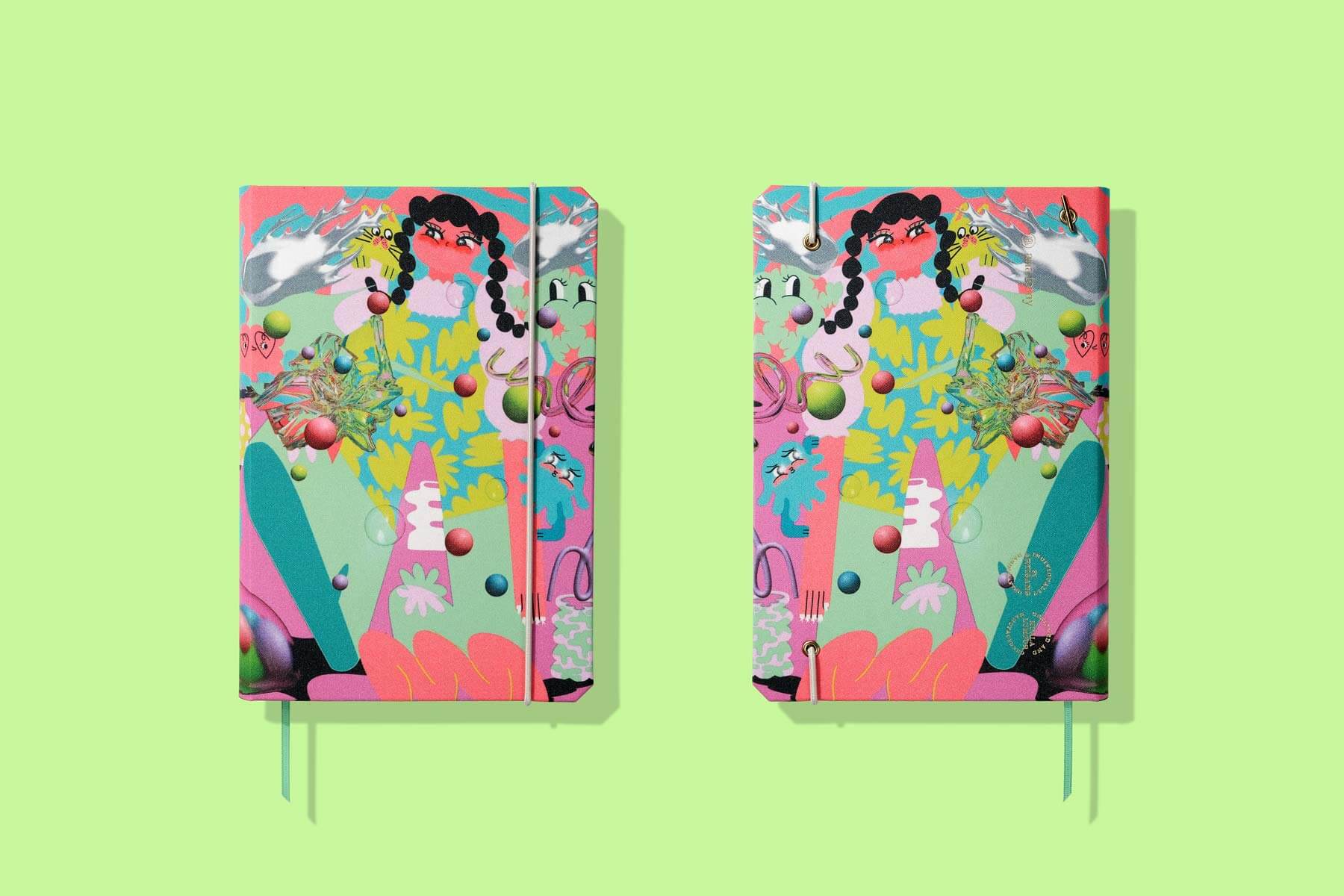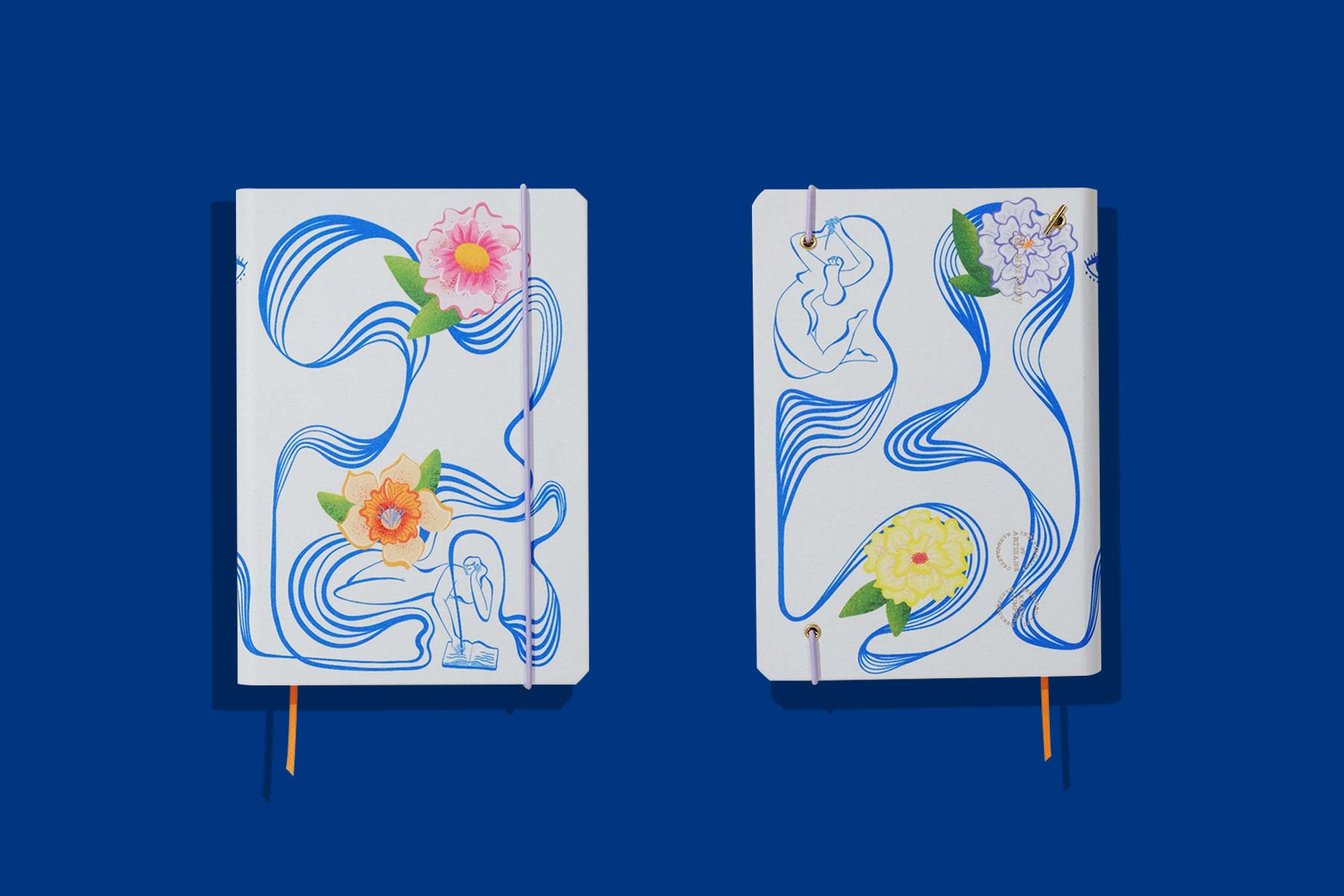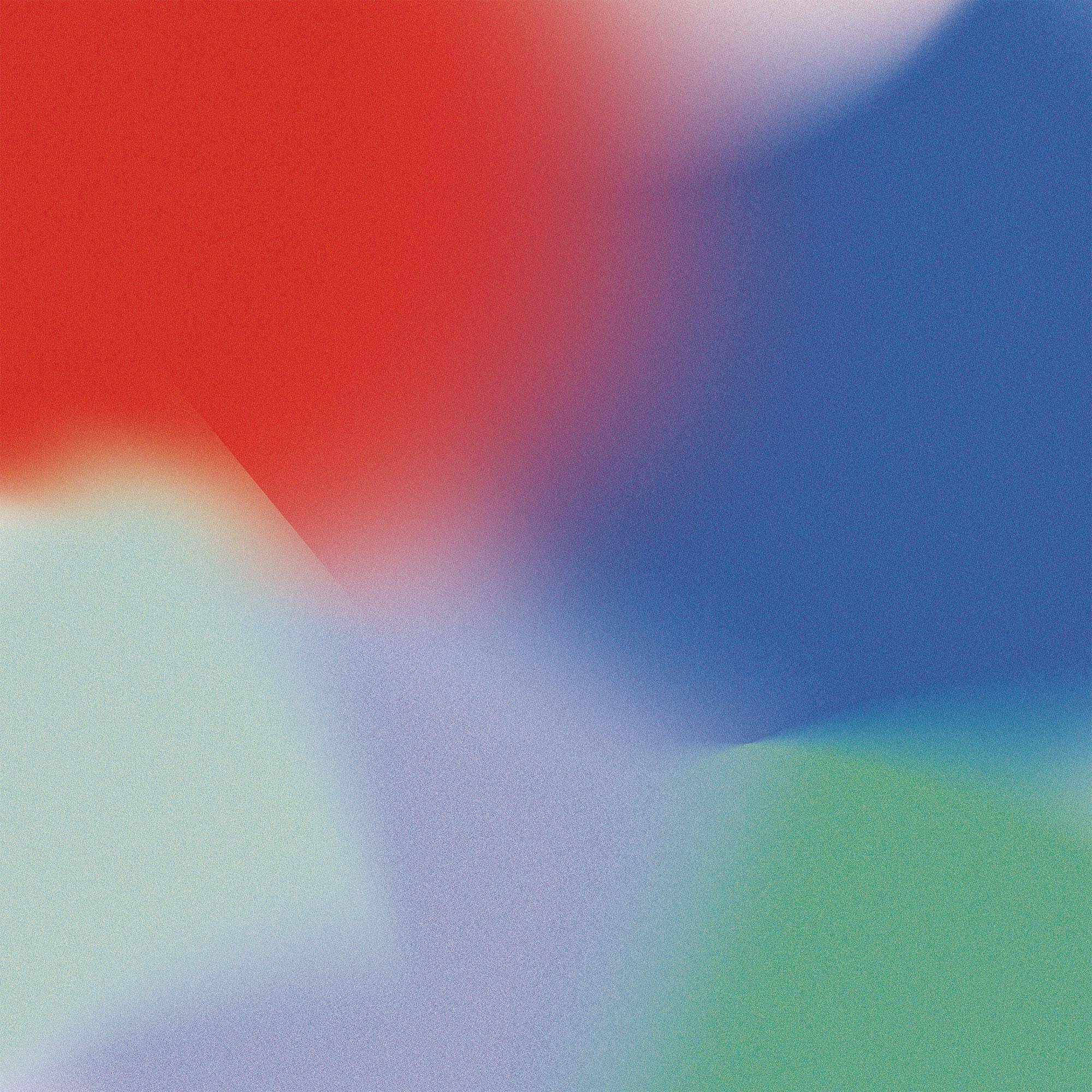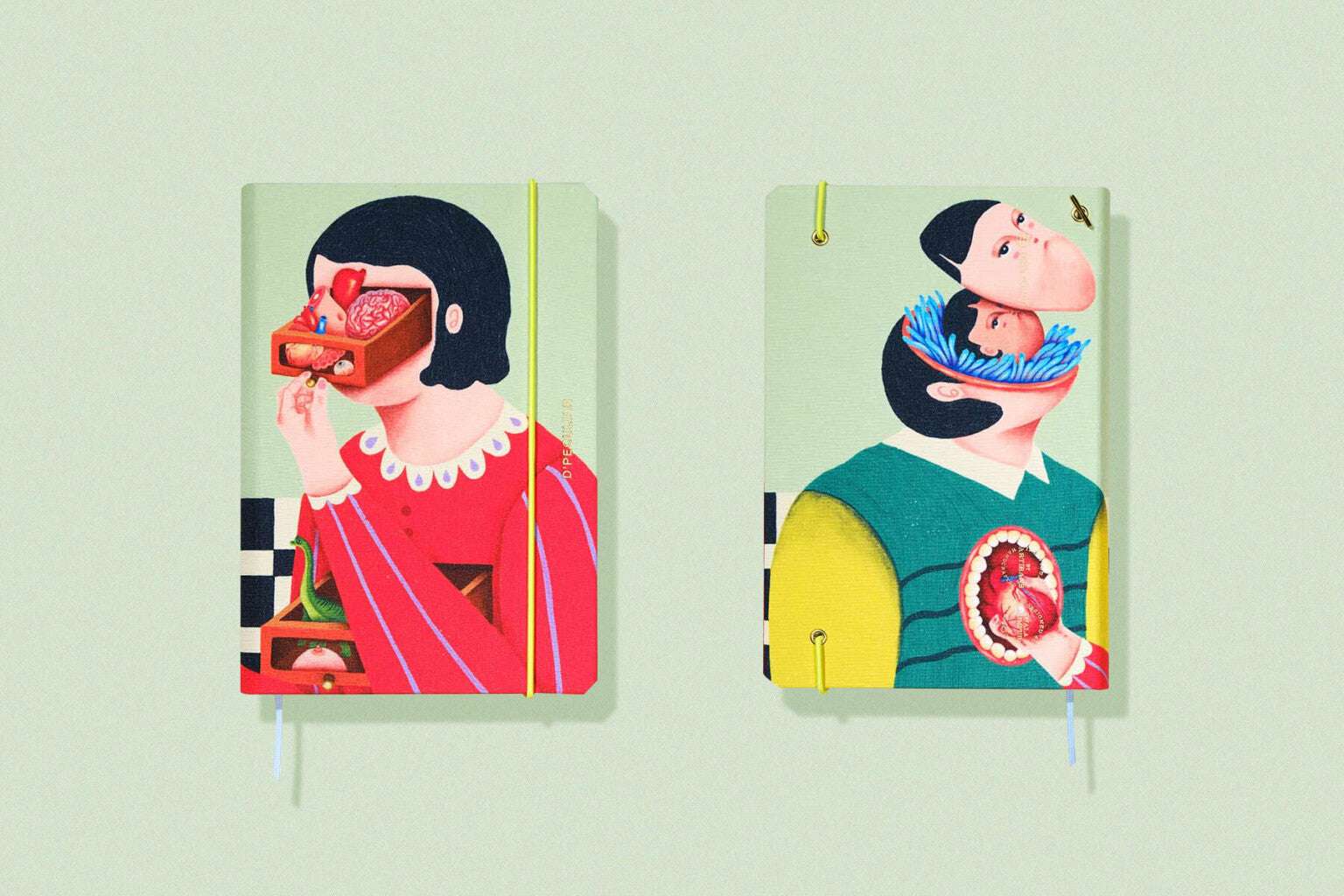
Meet the artists, brands and creatives we’ve worked with over the past few years.
FNF – Heegyum Kim
Meet Heegyum Kim - An award-winning freelance illustrator with a passion for creating humorous, whimsical, and graphic illustrations of animals and nature. She specializes in children’s picture books and related...
FNF – Irin Ariyatanaporn
Meet Irin Ariyatanaporn - A Thai architect and illustration's doodler who's passionate about variety of design disciplines (architecture, graphic design and murals art). Most of her illustrations are based with...
FNF – Janejira Taechakampu
Meet Janejira Taechakampu - A Bangkok-based illustrator. The pen name ‘Jentwo’ comes from her double nickname Jen-Jen. She draws black-outlined forms and uses a vibrant color palette. Her works are...
FNF – Giuditta Bertoni
Meet Giuditta Bertoni - an illustrator and designer based in Milano, Italy. She studied anthropology, oriental languages and design.The main sources of inspiration for her art are the natural elements:...
FNF – Okyviane Liunic
Meet Okyviane Liunic - A fulltime freelance multidisciplinary creative based in Jakarta, Indonesia. People call her Owi. Her work ranges from art direction, graphic design, illustration, motion, 3D, and augmented...
FNF – Gökçe Yigitcan
Meet Gökçe Yigitcan - the name behind Justhings, is an artist born and raised in Turkey, currently based in Singapore.She derives inspiration from emotions, women and nature with aiming the...
